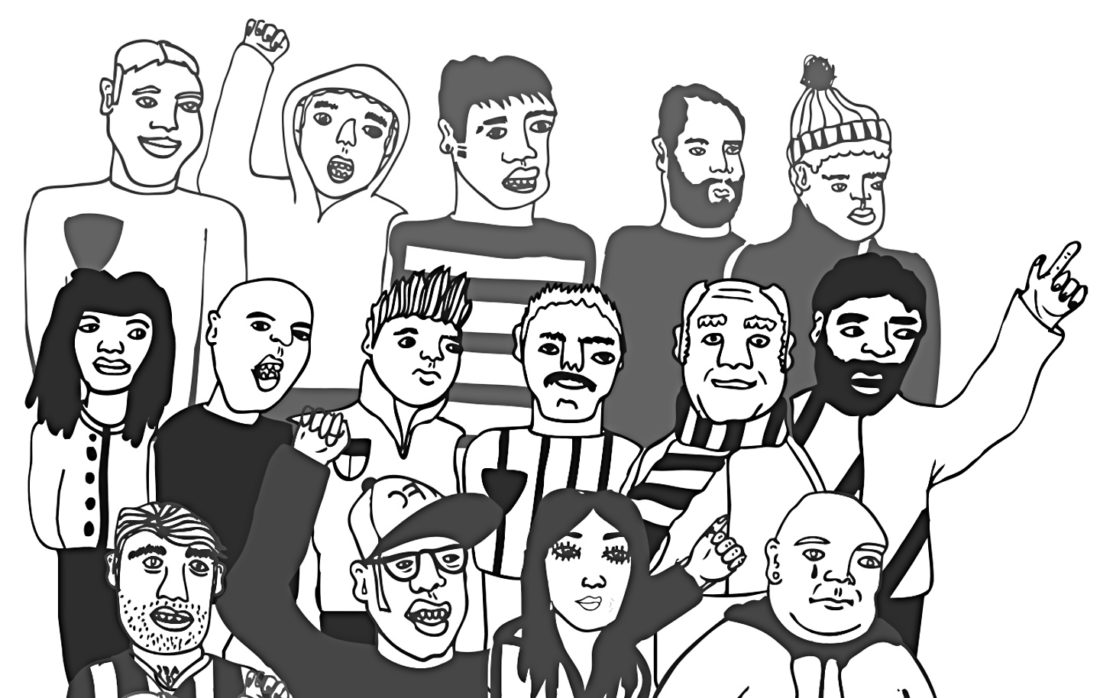When a big club loses it’s always a surprise. The same goes for when very small clubs pull off a surprise, shock win. The 1970s and 1980s were rife for those type of scenarios but we perhaps don’t see it as much these days.
Leicester City have always been a good club, tasting moderate success here and there. Harlow Town, on the other hand, have always been in the lower leagues, mostly in the Non-League part of the pyramid. This is the story of their meeting in 1980, where Harlow Town won 1-0 on January 8, 1980.
Leicester were in the Second Division and actually won promotion to the First Division at the end of the year. Harlow Town, who were in their centenary year of 1979, finally made it up from the top flight of the Isthmian League, which was part of their rise from the war. They made it out of the amateur leagues from the London League, to the Athenian, and Delphenian Leagues. As this rise through the ranks started to tread water, Harlow Town turned to Ian Wolstenholme, a former England Amateur National Team keeper.
Harlow were among the elite of Non-League football, but the Isthmian League didn’t want anything to do with with a new national division between them and the Football League. They were perfectly happy with being the feeder league to the Football League. The Owls’ FA Cup run started in the four qualifying rounds in August against clubs from the feeder leagues into the Isthmian League and its feeder, the Easter Counties League. Obviously, otherwise I wouldn’t be writing this article, Harlow got past Lowestoft, Hornchurch, Bury Town, and Harwich & Parkeston.
It wasn’t until they were into the fourth round that Harlow finally had the welcomed ‘underdog’ tag placed on them. They were playing Alliance Premier League side Margate Town and, despite the gap in leagues, Harlow won 1-0 thanks to Peter Adams’ goal, on their debut in the First Round proper of the cup. Into the First Round they went, where they were paired with Leytonstone & Ilford, the leaders of the Isthmian League Second Division, which was a mild disappointment to everyone at the club and it’s not the glamour tie many smaller sides hope for. Another 2-1 win was secured, with Twigg bagging his third goal of the FA Cup run to date, with the winning goal coming off the foot of Paul Fairclough.
Up next; the Second Round, and finally on the road for the first time in the run, Harlow had to meet a tough side in Southend United. Southend were a side that had been comfortably in the third and fourth division’s for the past decade, so not much expected from Harlow Town. In the previous year, Southend had a decent cup run by giving Liverpool a run for their money.
Harlow looked to be out as they trailed at half-time, but Neil Prosser levelled in the second half to force a replay back at Harlow’s home stadium, the Sports Centre. In the 1960s the ground had been used by both Benfica and the Uruguayan World Cup squad. However, almost twenty years later, there were some question marks raised over whether the club would be able to fill the reported 5000 crowd of fans heading for the replay against Southend. There was a chance the match was going to take place in Tottenham or at Leyton Orient, but the management of Harlow stayed loyal to their fans and, after talks with the hierarchy, the game remained at home. It helped that there were grass bankings for the extra sitting places for the 5,000 fans that came. One of the few who got in was Tottenham legend Glenn Hoddle. He never played for Harlow, but lived locally.
Southend arrived in a cocky mood, and it showed in the match when a defensive blunder midway through the second-half from Micky Mann left Southend stunned. It proved to be the decisive goal as Harlow held on and Southend hung their heads in shame, and headed home without talking to the media. What a result for Harlow!
Next up for tiny Harlow was Second Division promotion hopefuls Leicester City in Round Three.
The fans of the Foxes never could tell what to expect from their club in recent seasons. They spent most of the season as a yo-yo club between the First and Second Division. To stabilise the club, the board brought Glasgow Rangers boss Jock Wallace south of the border to help steady the ship. By the start of the 1980s Leicester were doing very well in the league and pushing to go back up. Eddie Kelly was the star of the club. Going into the New Year, the club had restored their winning ways after having a small dip in form in December and, subsequently, were strong favourites heading into the Harlow encounter.
None of the Harlow players had ever played in front of 20,000 people before and in what could be an intimidating atmosphere at Filbert Street. However, despite those initial concerns, Harlow certainly didn’t freeze under the pressure of the moment. Leicester took the game to Harlow, with Leicester’s Martin Henderson scoring following a shot from close range. But, you couldn’t write Harlow off, and a few moments later Neil Prosser popped up in the second half to equalise. Harlow went on to hold out for the draw and offer Leicester the challenge of a replay back at their place.
So, on January 8, in front of almost 10,000 on the grassy embankments, and temporary stands, the replay took place.
For the replay, Leicester boss Jock Wallace picked a youth team player who wasn’t expecting to play. Gary Lineker was ill, but too terrified to speak up. Of course now we know how great of player Lineker became, but in this match he was virtually non-existent.
The first half of the match was disjointed at best, but three minutes before the interval, Micky Mann’s free kick fell to John MacKenzie in the penalty area, Leicester’s goalkeeper Mark Wallington tried to get his hand on it, but it was to no avail as the shot crossed the line for the only goal of the match. Wow. Amazing, Harlow. Even the Foxes boss agreed, as Jock Wallace told the media he had no complaints and that the Owls deserved the win as he wished them all the best.
A few months later, Leicester clinched the Second Division title. As for Harlow, their cup exploits would continue but up next was Watford – another huge test. Unfortunately, though, it was one test too many and that’s where they would meet their end. The Hornets ran out comfortable winners, scoring four goals and knocking Harlow Town out of the cup in the process, but the Owls will forever go down as the Non-League club who put up an almighty fight and made history in what is a remarkable cup competition.


I was on that wet, grassy bank. The fence behind us was made of green plastic coated mesh. There was a long line of policemen trying to keep the unhappy Leicester City fans from leaving the ground. The surge was so strong that the fence immediately gave way, and we all left the ground for the miserable journey back up the M1.
I think that was the most disappointed I have ever been travelling back home after a game – how the hell did we lose ???????